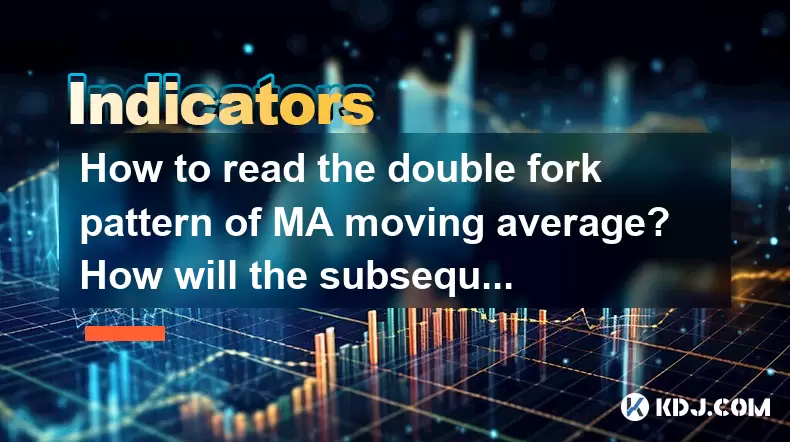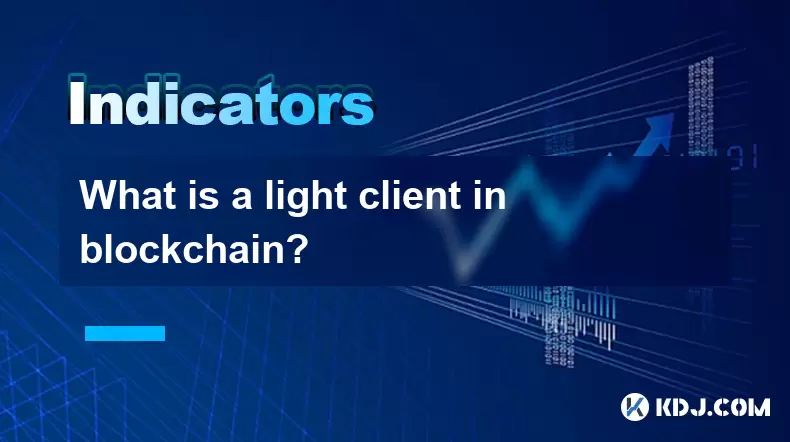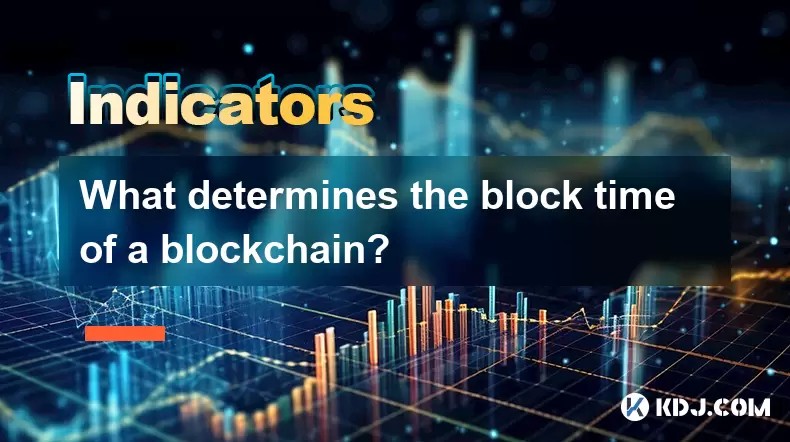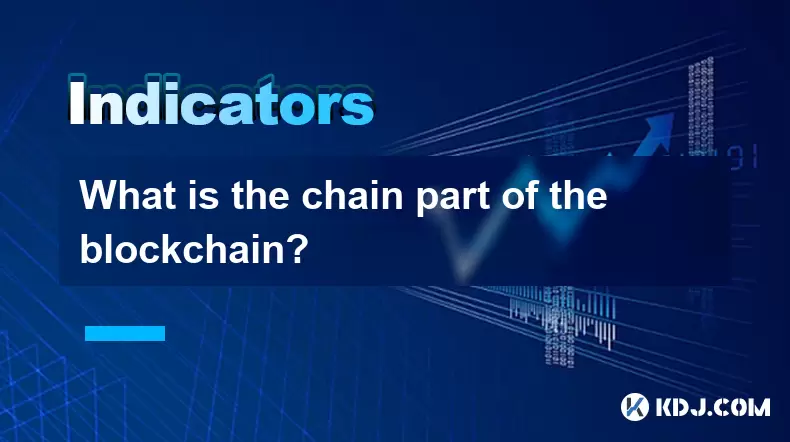-
 Bitcoin
Bitcoin $114400
1.32% -
 Ethereum
Ethereum $3499
2.20% -
 XRP
XRP $2.922
4.26% -
 Tether USDt
Tether USDt $0.0000
0.03% -
 BNB
BNB $752.6
1.53% -
 Solana
Solana $161.8
1.64% -
 USDC
USDC $0.9999
0.01% -
 TRON
TRON $0.3267
1.32% -
 Dogecoin
Dogecoin $0.1991
3.02% -
 Cardano
Cardano $0.7251
3.29% -
 Hyperliquid
Hyperliquid $38.32
3.36% -
 Stellar
Stellar $0.3972
7.58% -
 Sui
Sui $3.437
2.74% -
 Chainlink
Chainlink $16.29
3.65% -
 Bitcoin Cash
Bitcoin Cash $545.3
3.70% -
 Hedera
Hedera $0.2482
7.49% -
 Ethena USDe
Ethena USDe $1.001
0.03% -
 Avalanche
Avalanche $21.40
2.02% -
 Toncoin
Toncoin $3.579
1.56% -
 Litecoin
Litecoin $109.3
2.20% -
 UNUS SED LEO
UNUS SED LEO $8.951
-0.18% -
 Shiba Inu
Shiba Inu $0.00001220
2.75% -
 Polkadot
Polkadot $3.613
2.99% -
 Uniswap
Uniswap $9.173
3.78% -
 Monero
Monero $302.6
2.62% -
 Dai
Dai $0.0000
0.00% -
 Bitget Token
Bitget Token $4.320
1.52% -
 Pepe
Pepe $0.00001048
3.40% -
 Cronos
Cronos $0.1314
4.33% -
 Aave
Aave $259.4
3.54%
How to read the double fork pattern of MA moving average? How will the subsequent trend be?
The double fork pattern, involving two MA crossings, signals potential trend reversals and continuations, aiding traders in making informed market decisions.
May 22, 2025 at 11:00 pm

Understanding the double fork pattern of the Moving Average (MA) indicator is crucial for traders looking to predict market trends and make informed decisions. The double fork pattern is a specific configuration that can signal potential trend reversals or continuations in the cryptocurrency market. In this article, we will delve into how to identify this pattern, interpret its implications, and anticipate the subsequent trend based on this technical analysis tool.
What is the Double Fork Pattern of MA?
The double fork pattern of the Moving Average involves the interaction between two or more MAs of different time periods. Typically, this pattern is observed when using a short-term MA and a long-term MA. The double fork pattern occurs when these MAs cross each other twice in a relatively short period, creating a "fork" shape on the chart.
The key to identifying a double fork pattern lies in observing the following sequence of events:
- The short-term MA crosses above the long-term MA, indicating a potential bullish trend.
- The short-term MA then crosses back below the long-term MA, suggesting a bearish reversal.
- Shortly after, the short-term MA crosses above the long-term MA again, reinforcing the potential for a bullish trend.
How to Identify the Double Fork Pattern on a Chart
To effectively identify the double fork pattern on a cryptocurrency chart, follow these steps:
- Choose the appropriate MAs: Typically, traders use a combination of a short-term MA (e.g., 5-day or 10-day) and a long-term MA (e.g., 20-day or 50-day). The choice of periods can vary based on the trader's strategy and the cryptocurrency's volatility.
- Plot the MAs on the chart: Use a charting platform to plot the chosen MAs on the price chart of the cryptocurrency you are analyzing.
- Observe the crossings: Monitor the chart for the sequence of crossings described above. The first crossing should be bullish (short-term MA above long-term MA), followed by a bearish crossing (short-term MA below long-term MA), and then another bullish crossing.
Interpreting the Double Fork Pattern
Once the double fork pattern is identified, it is essential to interpret its implications for the market. The pattern suggests a temporary reversal followed by a resumption of the original trend. Here's how to interpret the pattern:
- Initial Bullish Signal: The first crossing of the short-term MA above the long-term MA indicates that the market is entering a bullish phase. Traders might consider entering long positions at this point.
- Bearish Reversal: When the short-term MA crosses back below the long-term MA, it signals a potential bearish reversal. This could be an opportunity for traders to take profits or enter short positions.
- Confirmation of Bullish Trend: The second crossing of the short-term MA above the long-term MA confirms that the bullish trend is likely to continue. Traders might consider re-entering long positions or adding to existing ones.
Predicting the Subsequent Trend
The subsequent trend following a double fork pattern can be anticipated by considering the strength and duration of the pattern, as well as other technical indicators. Here are some factors to consider:
- Volume Analysis: High trading volume during the second bullish crossing can confirm the strength of the bullish trend.
- Other Technical Indicators: Combining the double fork pattern with other indicators such as the Relative Strength Index (RSI) or the Moving Average Convergence Divergence (MACD) can provide additional confirmation of the trend.
- Market Context: The overall market sentiment and macroeconomic factors can influence the effectiveness of the double fork pattern in predicting the subsequent trend.
Using the Double Fork Pattern in Trading Strategies
Incorporating the double fork pattern into trading strategies requires a systematic approach. Here are some steps to consider:
- Set Clear Entry and Exit Points: Based on the pattern, set specific entry points for long positions during the bullish crossings and exit points during the bearish reversal.
- Use Stop-Loss Orders: Implement stop-loss orders to manage risk, especially during the bearish reversal phase.
- Monitor the Pattern's Progress: Continuously monitor the chart for the second bullish crossing to confirm the trend and adjust trading positions accordingly.
Practical Example of the Double Fork Pattern
To illustrate the double fork pattern, let's consider a hypothetical example using Bitcoin (BTC) and the 10-day and 50-day MAs:
- First Bullish Crossing: On Day 1, the 10-day MA crosses above the 50-day MA, suggesting a bullish trend. BTC price rises from $30,000 to $32,000.
- Bearish Reversal: On Day 5, the 10-day MA crosses back below the 50-day MA, indicating a potential bearish reversal. BTC price drops to $31,000.
- Second Bullish Crossing: On Day 8, the 10-day MA crosses above the 50-day MA again, confirming the continuation of the bullish trend. BTC price resumes its upward movement to $33,000.
In this example, traders who recognized the double fork pattern could have entered long positions during the first and second bullish crossings and exited or adjusted positions during the bearish reversal.
Frequently Asked Questions
Q: Can the double fork pattern be used with other types of moving averages?
A: Yes, the double fork pattern can be applied using various types of moving averages, such as Simple Moving Averages (SMA), Exponential Moving Averages (EMA), or Weighted Moving Averages (WMA). The choice of MA type depends on the trader's preference and the specific characteristics of the cryptocurrency being analyzed.
Q: How reliable is the double fork pattern in predicting market trends?
A: The reliability of the double fork pattern can vary depending on market conditions and the specific cryptocurrency. It is generally considered a strong indicator when combined with other technical analysis tools and market context. However, no single indicator is foolproof, and traders should use it as part of a comprehensive trading strategy.
Q: Is the double fork pattern suitable for all timeframes?
A: While the double fork pattern can be applied to various timeframes, it is most effective on medium to long-term charts (e.g., daily or weekly). Shorter timeframes may result in more frequent and potentially less reliable signals due to increased market noise.
Q: Can the double fork pattern be used in conjunction with other technical analysis tools?
A: Yes, the double fork pattern can be effectively combined with other technical indicators such as RSI, MACD, and Bollinger Bands to enhance its predictive power. Using multiple indicators can help confirm signals and provide a more robust trading strategy.
Disclaimer:info@kdj.com
The information provided is not trading advice. kdj.com does not assume any responsibility for any investments made based on the information provided in this article. Cryptocurrencies are highly volatile and it is highly recommended that you invest with caution after thorough research!
If you believe that the content used on this website infringes your copyright, please contact us immediately (info@kdj.com) and we will delete it promptly.
- Cryptocurrency, Altcoins, and Profit Potential: Navigating the Wild West
- 2025-08-04 14:50:11
- Blue Gold & Crypto: Investing Disruption in Precious Metals
- 2025-08-04 14:30:11
- Japan, Metaplanet, and Bitcoin Acquisition: A New Era of Corporate Treasury?
- 2025-08-04 14:30:11
- Coinbase's Buy Rating & Bitcoin's Bold Future: A Canaccord Genuity Perspective
- 2025-08-04 14:50:11
- Coinbase's Buy Rating Maintained by Rosenblatt Securities: A Deep Dive
- 2025-08-04 14:55:11
- Cryptos, Strategic Choices, High Returns: Navigating the Meme Coin Mania
- 2025-08-04 14:55:11
Related knowledge

What is a light client in blockchain?
Aug 03,2025 at 10:21am
Understanding the Role of a Light Client in Blockchain NetworksA light client in blockchain refers to a type of node that interacts with the blockchai...

Is it possible to alter or remove data from a blockchain?
Aug 02,2025 at 03:42pm
Understanding the Immutable Nature of BlockchainBlockchain technology is fundamentally designed to ensure data integrity and transparency through its ...

How do I use a blockchain explorer to view transactions?
Aug 02,2025 at 10:01pm
Understanding What a Blockchain Explorer IsA blockchain explorer is a web-based tool that allows users to view all transactions recorded on a blockcha...

What determines the block time of a blockchain?
Aug 03,2025 at 07:01pm
Understanding Block Time in Blockchain NetworksBlock time refers to the average duration it takes for a new block to be added to a blockchain. This in...

What is the chain part of the blockchain?
Aug 02,2025 at 09:29pm
Understanding the Concept of 'Chain' in BlockchainThe term 'chain' in blockchain refers to the sequential and immutable linkage of data blocks that fo...

What is the lifecycle of a blockchain transaction?
Aug 01,2025 at 07:56pm
Initiation of a Blockchain TransactionA blockchain transaction begins when a user decides to transfer digital assets from one wallet to another. This ...

What is a light client in blockchain?
Aug 03,2025 at 10:21am
Understanding the Role of a Light Client in Blockchain NetworksA light client in blockchain refers to a type of node that interacts with the blockchai...

Is it possible to alter or remove data from a blockchain?
Aug 02,2025 at 03:42pm
Understanding the Immutable Nature of BlockchainBlockchain technology is fundamentally designed to ensure data integrity and transparency through its ...

How do I use a blockchain explorer to view transactions?
Aug 02,2025 at 10:01pm
Understanding What a Blockchain Explorer IsA blockchain explorer is a web-based tool that allows users to view all transactions recorded on a blockcha...

What determines the block time of a blockchain?
Aug 03,2025 at 07:01pm
Understanding Block Time in Blockchain NetworksBlock time refers to the average duration it takes for a new block to be added to a blockchain. This in...

What is the chain part of the blockchain?
Aug 02,2025 at 09:29pm
Understanding the Concept of 'Chain' in BlockchainThe term 'chain' in blockchain refers to the sequential and immutable linkage of data blocks that fo...

What is the lifecycle of a blockchain transaction?
Aug 01,2025 at 07:56pm
Initiation of a Blockchain TransactionA blockchain transaction begins when a user decides to transfer digital assets from one wallet to another. This ...
See all articles

























































































